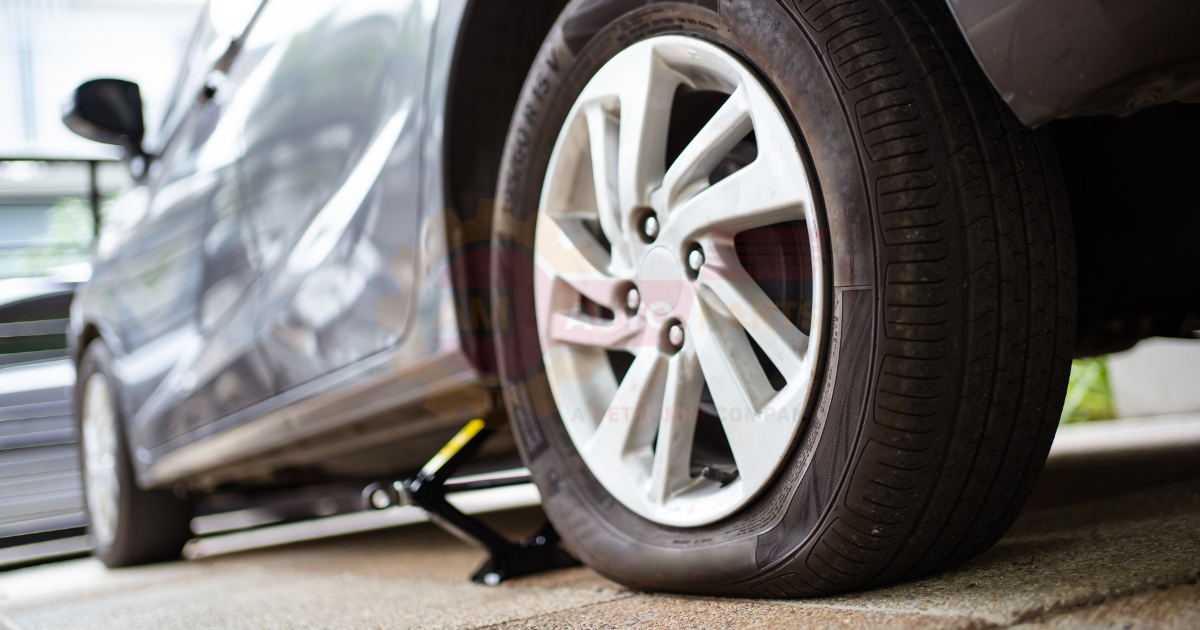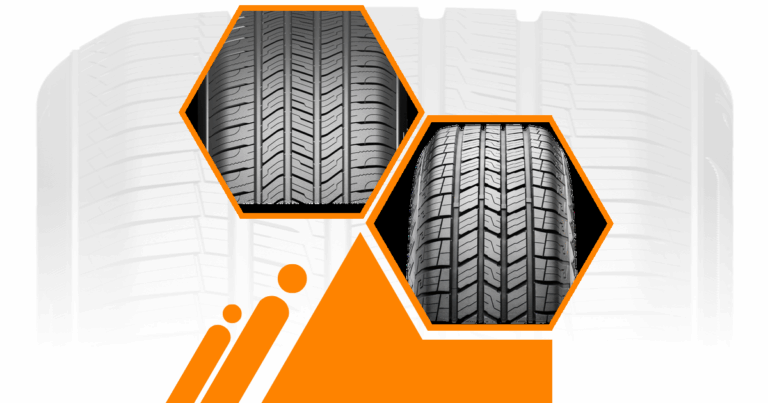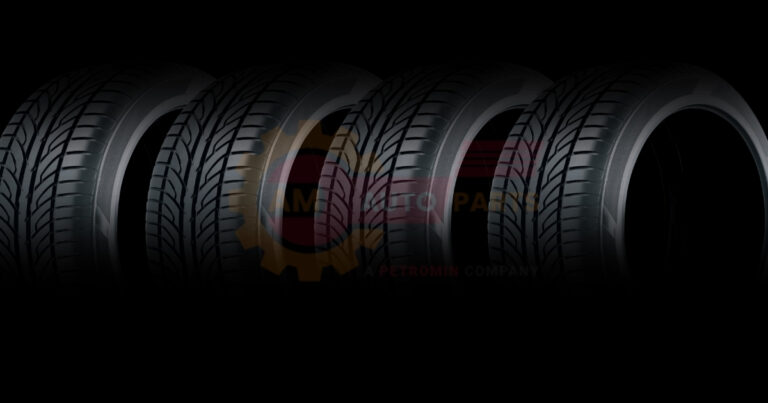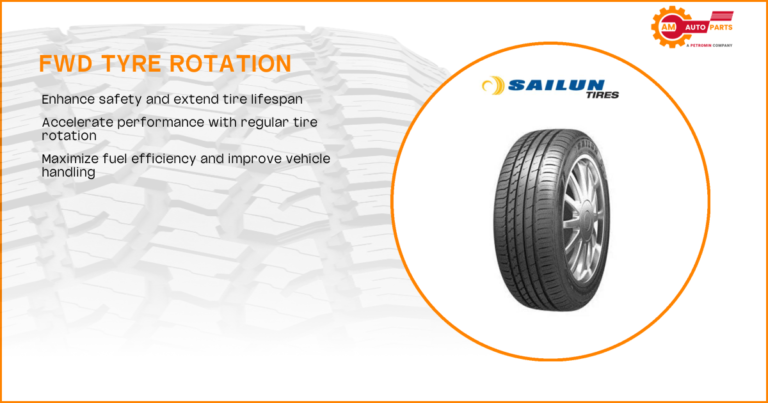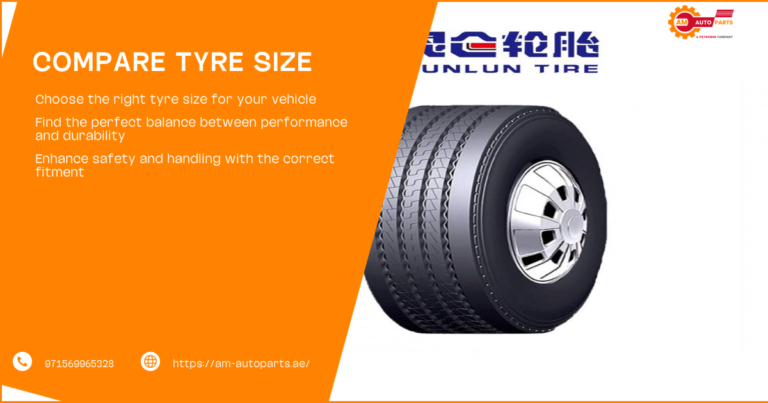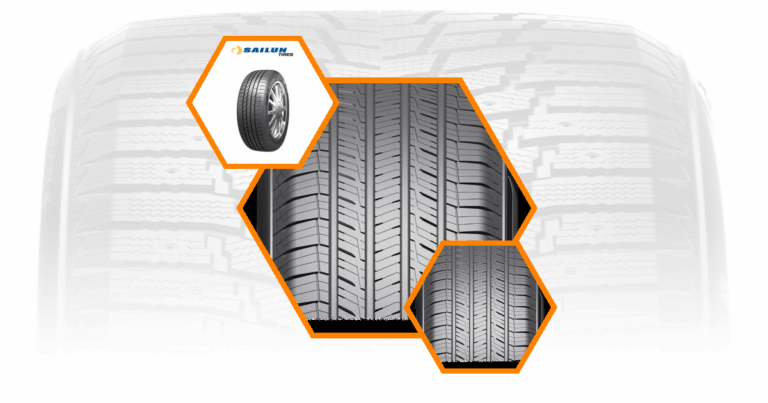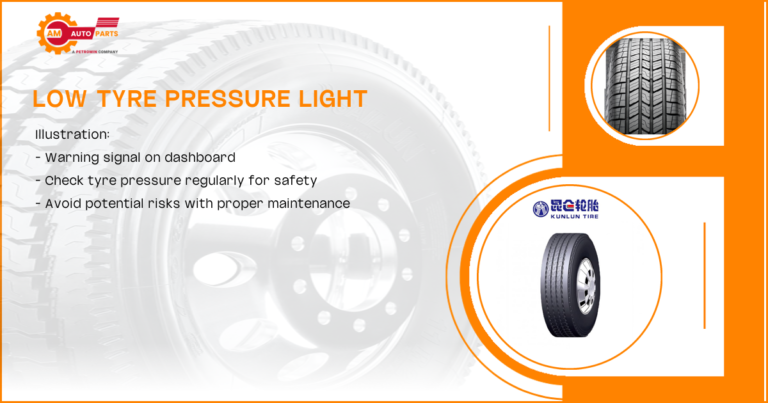Flat tyres can occur due to various reasons, and understanding these causes can help in preventing future incidents. One common cause is punctures from sharp objects like nails or glass. These objects can easily penetrate the tyre, leading to a slow or sudden loss of air.
Another frequent cause is valve stem issues. The valve stem is the part of the tyre that you unscrew to inflate it. If it becomes damaged or corroded, it can cause air to leak out. Additionally, over-inflation or under-inflation can also lead to flat tyres. Over-inflated tyres are more susceptible to damage from road debris, while under-inflated tyres can cause excessive wear and tear.
- Punctures from sharp objects
- Valve stem issues
- Over-inflation or under-inflation
Importance of Prompt Flat Tyre Repair
Promptly addressing a flat tyre is crucial for several reasons. Firstly, driving on a flat tyre can cause significant damage to the wheel and the tyre itself, leading to more expensive repairs or replacements. Secondly, a flat tyre can compromise your vehicle’s handling and safety, increasing the risk of accidents.
Moreover, a flat tyre can affect your vehicle’s fuel efficiency. A tyre that is not properly inflated creates more rolling resistance, which means your engine has to work harder, consuming more fuel. Therefore, fixing a flat tyre promptly can save you money and ensure your safety on the road.
- Prevents further damage to the tyre and wheel
- Maintains vehicle handling and safety
- Improves fuel efficiency
How to Identify a Flat Tyre? 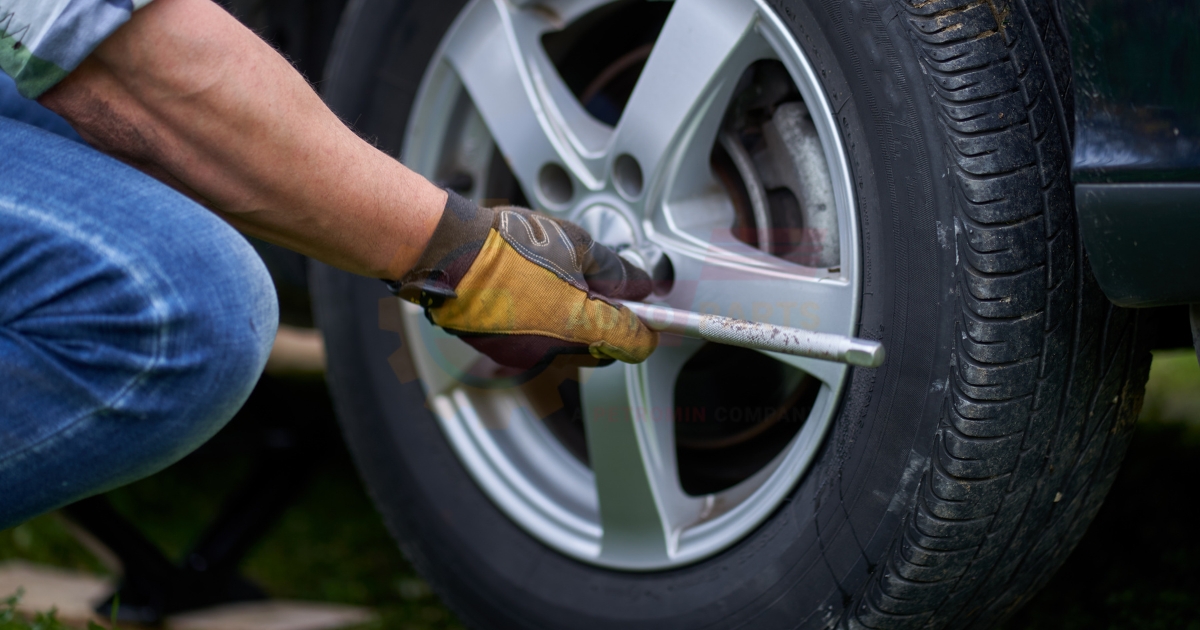
Visual Signs of a Flat Tyre
Identifying a flat tyre is relatively straightforward if you know what to look for. One of the most obvious signs is a visibly deflated tyre. If the tyre appears flatter than usual or is visibly sagging, it is likely flat. Another visual cue is uneven tyre wear. If one tyre looks more worn out than the others, it could be losing air.
Additionally, you might notice damage to the tyre’s sidewall. Cracks, cuts, or bulges in the sidewall are indicators that the tyre may be compromised and could go flat soon.
- Visibly deflated tyre
- Uneven tyre wear
- Damage to the sidewall
Handling and Performance Indicators
Apart from visual signs, there are handling and performance indicators that can alert you to a flat tyre. One common sign is a noticeable change in the vehicle’s handling. If the car pulls to one side or feels unstable, it could be due to a flat tyre. Another indicator is unusual vibrations. If you feel excessive vibrations while driving, it might be because one of your tyres is flat.
You may also hear a flapping noise when driving, which is a clear sign that a tyre is losing air. Paying attention to these indicators can help you identify a flat tyre before it becomes a more significant issue.
- Change in vehicle handling
- Unusual vibrations
- Flapping noise while driving
Emergency Flat Tyre Fix Options
Using a Tyre Sealant Kit
A tyre sealant kit can be a lifesaver in emergency situations. These kits contain a sealant that you can inject into the tyre through the valve stem. The sealant quickly fills the puncture and seals it, allowing you to drive to the nearest repair shop. However, it’s essential to note that this is a temporary fix and should not replace professional repair.
Using a tyre sealant kit is straightforward. First, remove any object causing the puncture. Then, attach the sealant canister to the valve stem and inject the sealant. Finally, inflate the tyre to the recommended pressure and drive cautiously to a repair shop.
- Remove the object causing the puncture
- Attach the sealant canister to the valve stem
- Inflate the tyre and drive to a repair shop
Changing to a Spare Tyre
Another emergency fix option is changing to a spare tyre. Most vehicles come with a spare tyre and the necessary tools to change it. To change a tyre, first, ensure your vehicle is on a flat surface and engage the parking brake. Use a jack to lift the car and remove the flat tyre. Replace it with the spare tyre and tighten the lug nuts securely.
It’s crucial to remember that spare tyres are usually not designed for long-term use. They are typically smaller and less durable than regular tyres, so you should drive to a repair shop as soon as possible to get a proper replacement.
- Ensure the vehicle is on a flat surface
- Use a jack to lift the car
- Replace the flat tyre with the spare tyre
Professional Flat Tyre Repair Services
Benefits of Expert Tyre Repair
Opting for professional flat tyre repair services offers several benefits. Firstly, experts have the necessary tools and experience to fix the tyre correctly, ensuring it is safe to use. They can also identify any underlying issues that may have caused the flat tyre, such as alignment problems or worn-out treads.
Moreover, professional repair services often come with a warranty, giving you peace of mind. They can also provide additional services like tyre rotation and balancing, which can extend the life of your tyres and improve your vehicle’s performance.
- Correct and safe tyre repair
- Identification of underlying issues
- Warranty and additional services
Finding Reliable Tyre Repair Shops Near You
Finding a reliable tyre repair shop near you is essential for quick and efficient service. Start by asking for recommendations from friends and family. You can also read online reviews to gauge the quality of service provided by different shops. Look for shops that are certified and have experienced technicians.
Additionally, consider the range of services offered. A good tyre repair shop should provide comprehensive services, including tyre repair, replacement, rotation, and balancing. Finally, compare prices to ensure you are getting a fair deal.
- Ask for recommendations
- Read online reviews
- Check for certifications and range of services
DIY Flat Tyre Repair Techniques
Step-by-Step Guide to Fixing a Flat Tyre
Fixing a flat tyre yourself can be a rewarding experience and save you money. Here is a step-by-step guide to help you through the process. First, locate the puncture by inspecting the tyre or using soapy water to find the leak. Once you find the puncture, remove any object causing it.
Next, use a tyre repair kit to plug the hole. Insert the plug into the puncture and ensure it is secure. Finally, inflate the tyre to the recommended pressure and check for any leaks. If the tyre holds air, you can continue driving, but it’s advisable to get a professional repair as soon as possible.
- Locate the puncture
- Remove the object causing the puncture
- Use a tyre repair kit to plug the hole
Essential Tools for Tyre Repair
Having the right tools is crucial for DIY tyre repair. Some essential tools include a tyre repair kit, which typically contains plugs, a reamer, and an insertion tool. You will also need a tyre inflator or air compressor to inflate the tyre after the repair.
Additionally, a jack and lug wrench are necessary for removing the tyre if you need to change it. A tyre pressure gauge is also essential to ensure the tyre is inflated to the correct pressure. Having these tools on hand can make the repair process much more manageable.
- Tyre repair kit
- Tyre inflator or air compressor
- Jack and lug wrench
- Tyre pressure gauge
How Long Does It Take to Fix a Flat Tyre? 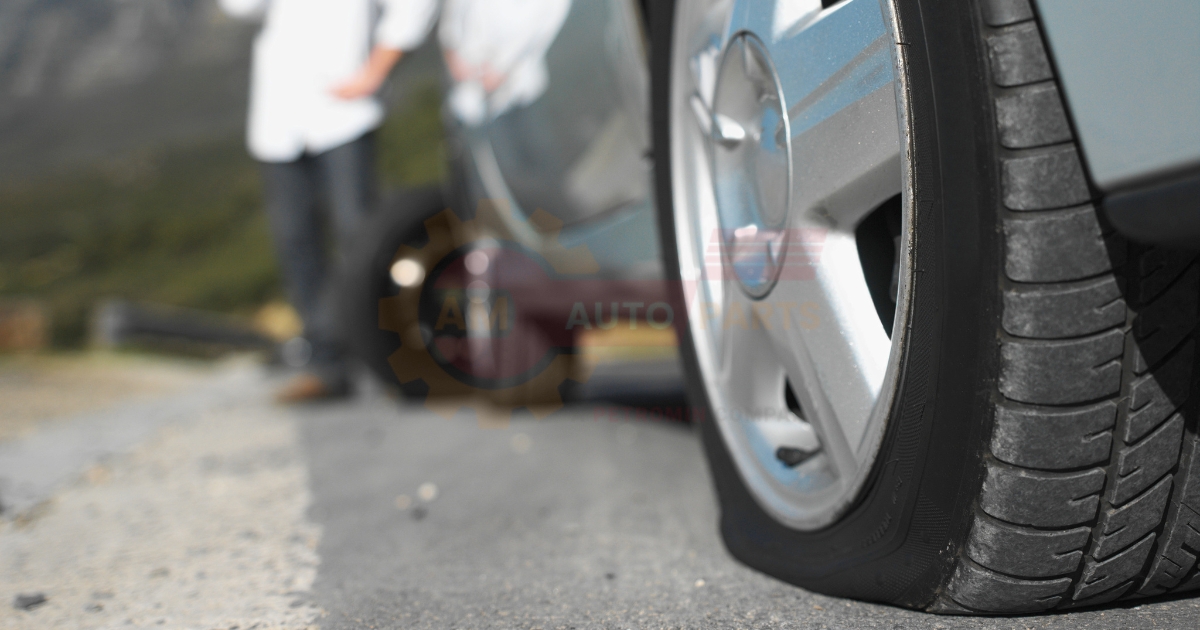
Factors Affecting Repair Time
The time it takes to fix a flat tyre can vary depending on several factors. One significant factor is the extent of the damage. A small puncture can be repaired quickly, while more extensive damage may take longer to fix. The availability of tools and materials also plays a role. If you have all the necessary tools on hand, the repair process will be faster.
Another factor is your experience level. If you are familiar with tyre repair techniques, you can complete the task more quickly. However, if you are a novice, it may take longer to ensure the repair is done correctly.
- Extent of the damage
- Availability of tools and materials
- Experience level
Average Duration for Professional vs. DIY Repairs
The average duration for fixing a flat tyre can differ between professional and DIY repairs. Professional repairs are generally quicker, taking about 30 minutes to an hour, depending on the shop’s workload and the extent of the damage. Professionals have the experience and tools to complete the repair efficiently.
On the other hand, DIY repairs can take longer, especially if you are not experienced. It may take you an hour or more to locate the puncture, remove the object, and plug the hole. However, with practice, you can reduce the time it takes to fix a flat tyre yourself.
- Professional repairs: 30 minutes to an hour
- DIY repairs: One hour or more
Can You Drive on a Flat Tyre?
Risks of Driving with a Flat Tyre
Driving on a flat tyre is highly risky and should be avoided. One of the primary risks is damaging the wheel. A flat tyre cannot support the weight of the vehicle, causing the wheel to come into direct contact with the road. This can lead to costly repairs or even the need for a new wheel.
Another risk is losing control of the vehicle. A flat tyre can significantly affect your car’s handling, making it difficult to steer and increasing the likelihood of an accident. Additionally, driving on a flat tyre can cause further damage to the tyre itself, making it irreparable.
- Damage to the wheel
- Loss of vehicle control
- Further damage to the tyre
Safe Distance to Drive on a Flat Tyre
If you must drive on a flat tyre, it is crucial to limit the distance and speed. Ideally, you should not drive more than a few hundred meters on a flat tyre. Driving at a slow speed, preferably under 20 km/h, can help minimize the damage. However, it is always best to stop and fix the tyre as soon as possible.
If you are in a situation where you cannot stop immediately, try to find a safe place to pull over and change the tyre or use a tyre sealant kit. Remember, the longer you drive on a flat tyre, the more damage you are likely to cause.
- Limit driving distance to a few hundred meters
- Drive at a slow speed (under 20 km/h)
- Find a safe place to pull over
How Much Does It Cost to Fix a Flat Tyre?
Price Range for Professional Tyre Repair
The cost of fixing a flat tyre can vary depending on several factors, including the extent of the damage and the type of repair needed. On average, professional tyre repair services can cost between 0 and 0. This price typically includes patching or plugging the tyre and balancing it to ensure even wear.
Some repair shops may charge extra for additional services like tyre rotation or alignment. It’s always a good idea to ask for a detailed quote before proceeding with the repair to avoid any unexpected costs.
- Average cost: 0 to 0
- Additional charges for extra services
Cost Comparison: Repair vs. Replacement
When deciding whether to repair or replace a flat tyre, it’s essential to consider the costs involved. Repairing a tyre is generally more cost-effective, with prices ranging from 0 to 0. However, if the tyre is severely damaged or worn out, replacement may be necessary.
The cost of a new tyre can vary widely depending on the brand and type, but it typically ranges from 00 to 00. While replacing a tyre is more expensive, it may be the better option if the tyre is beyond repair or has significant wear and tear.
- Repair cost: 0 to 0
- Replacement cost: 00 to 00
Preventing Future Flat Tyres
Regular Tyre Maintenance Tips
Preventing flat tyres starts with regular maintenance. One of the most important maintenance tasks is checking your tyre pressure regularly. Under-inflated or over-inflated tyres are more susceptible to damage. Use a tyre pressure gauge to ensure your tyres are inflated to the manufacturer’s recommended levels.
Another essential maintenance tip is to inspect your tyres for any signs of wear or damage. Look for cracks, bulges, or objects lodged in the tread. Regularly rotating your tyres can also help ensure even wear, extending their lifespan and reducing the risk of flats.
- Check tyre pressure regularly
- Inspect tyres for wear and damage
- Rotate tyres regularly
Proper Tyre Inflation and Rotation
Proper tyre inflation and rotation are crucial for preventing flat tyres. Keeping your tyres inflated to the correct pressure helps distribute the vehicle’s weight evenly, reducing the risk of punctures and blowouts. It also improves fuel efficiency and extends the life of your tyres.
Rotating your tyres involves changing their positions on the vehicle to ensure even wear. This can help prevent one tyre from wearing out faster than the others, reducing the likelihood of a flat. Most manufacturers recommend rotating your tyres every 5,000 to 8,000 miles.
- Maintain correct tyre pressure
- Rotate tyres every 5,000 to 8,000 miles
- Distribute vehicle weight evenly
When to Replace Instead of Repair a Flat Tyre
Signs of Irreparable Tyre Damage
While many flat tyres can be repaired, some damage is irreparable and requires replacement. One sign of irreparable damage is a large puncture or cut in the tyre. If the hole is more than a quarter-inch in diameter, it is unlikely to be safely repaired.
Another sign is damage to the tyre’s sidewall. The sidewall is not as thick as the tread, making it more vulnerable to damage. If you notice cracks, bulges, or cuts in the sidewall, it’s best to replace the tyre. Additionally, if the tyre has been driven on while flat, it may have internal damage that cannot be repaired.
- Large punctures or cuts
- Damage to the sidewall
- Internal damage from driving on a flat tyre
Tyre Age and Wear Considerations
The age and wear of a tyre are also important factors in deciding whether to repair or replace it. Tyres have a limited lifespan, typically around six to ten years. Even if a tyre appears to be in good condition, it may need to be replaced if it is too old.
Wear is another critical consideration. If the tread depth is below the legal limit (usually 2/32 of an inch), the tyre should be replaced. Worn-out tyres are more prone to flats and provide less traction, increasing the risk of accidents.
- Tyre lifespan: six to ten years
- Tread depth below 2/32 of an inch
- Increased risk of flats and accidents
Mobile Tyre Repair Services
Advantages of On-Site Tyre Repair
Mobile tyre repair services offer several advantages, making them a convenient option for many drivers. One of the primary benefits is the convenience of on-site repair. Instead of having to drive to a repair shop, a technician comes to your location, saving you time and effort.
Another advantage is the speed of service. Mobile repair technicians can often arrive within an hour of your call, providing quick and efficient repairs. Additionally, mobile services can handle a variety of tyre issues, from simple punctures to more complex repairs, ensuring you get back on the road as soon as possible.
- Convenience of on-site repair
- Quick and efficient service
- Handling a variety of tyre issues
How to Choose a Reliable Mobile Tyre Service
Choosing a reliable mobile tyre service is essential for ensuring quality repairs. Start by checking online reviews and ratings to gauge the reputation of different services. Look for companies with positive feedback and high ratings from previous customers.
It’s also important to verify the credentials of the technicians. Ensure they are certified and have the necessary experience to handle your tyre repair needs. Finally, compare prices and services offered by different companies to find the best value for your money.
- Check online reviews and ratings
- Verify technician credentials
- Compare prices and services
Tyre Pressure Monitoring Systems (TPMS)
How TPMS Helps Prevent Flat Tyres?
Tyre Pressure Monitoring Systems (TPMS) are designed to help prevent flat tyres by continuously monitoring tyre pressure. These systems alert you when the pressure in one or more tyres falls below the recommended level, allowing you to address the issue before it leads to a flat.
TPMS can be particularly useful for detecting slow leaks that may not be immediately noticeable. By providing real-time information about your tyre pressure, TPMS helps you maintain optimal tyre inflation, reducing the risk of flats and improving overall vehicle safety.
- Continuous monitoring of tyre pressure
- Alerts for low tyre pressure
- Detects slow leaks
Types of TPMS and Their Benefits
There are two main types of TPMS: direct and indirect. Direct TPMS uses sensors mounted inside the tyres to measure pressure directly. These sensors provide accurate and real-time data, making them highly reliable. Direct TPMS can also detect which specific tyre is under-inflated.
Indirect TPMS, on the other hand, uses the vehicle’s ABS system to estimate tyre pressure based on wheel speed. While less accurate than direct TPMS, indirect systems are generally more affordable and easier to maintain. Both types of TPMS offer significant benefits in terms of safety and tyre maintenance. Tire dimension analysis helps us understand the size and shape of tires It tells us important information about how tires will fit and work on vehicles Comprehensive wheel maintenance involves regularly checking and caring for all parts of your vehicle’s wheels to keep them in good condition
Sailun origin China is a tire company that started in China They make tires for cars trucks and other vehicles Firestone tire performance gives you a smooth and safe ride These tires grip the road well in different weather conditions
Deflated rubber alert warns you when tires lose air This helps keep your car safe on the road Firestone tire selection offers many types of tires for different cars and trucks You can find the right
Top UAE rubber is known for its high quality and durability Many industries use EV tire selection is important for electric cars because they need special tires that can handle the extra weight and give good range
Seasonal Dubai rotation brings exciting changes to the city’s attractions and activities Visitors can enjoy different experiences throughout the year thanks to Online tire assessment helps you check your car tires from home You can use a website or app for
SUV tire recommendations Choose tires with good traction for different road conditions and make sure they can support your SUV’s weight for safe driving
- Direct TPMS: accurate and real-time data
- Indirect TPMS: affordable and easy to maintain
- Both types improve safety and tyre maintenance
Environmental Impact of Proper Tyre Maintenance
Fuel Efficiency and Reduced Emissions
Proper tyre maintenance has a positive impact on the environment by improving fuel efficiency and reducing emissions. Under-inflated tyres create more rolling resistance, causing the engine to work harder and consume more fuel. By maintaining the correct tyre pressure, you can reduce fuel consumption and lower your carbon footprint.
Additionally, well-maintained tyres last longer, reducing the need for frequent replacements. This helps conserve natural resources and reduces the environmental impact associated with tyre production and disposal.
- Improved fuel efficiency
- Reduced carbon footprint
- Longer tyre lifespan
Tyre Recycling and Disposal Practices
Proper disposal and recycling of old tyres are essential for minimizing environmental impact. Many tyre repair shops and recycling centers accept old tyres and ensure they are disposed of responsibly. Tyres can be recycled into various products, such as rubber mulch, playground surfaces, and even new tyres.
By recycling your old tyres, you help reduce the amount of waste that ends up in landfills. It also conserves natural resources and reduces the environmental impact of producing new tyres.
- Responsible disposal of old tyres
- Recycling into various products
- Reducing landfill waste
Legal Considerations for Tyre Condition
Minimum Tread Depth Requirements
Maintaining the legal minimum tread depth is crucial for ensuring your tyres are safe and roadworthy. In most regions, the legal minimum tread depth is 2/32 of an inch. Driving with tyres that have less tread than this can result in fines and penalties.
More importantly, tyres with insufficient tread depth provide less traction, increasing the risk of accidents, especially in wet or slippery conditions. Regularly checking your tread depth and replacing tyres when necessary can help you stay compliant with the law and ensure your safety on the road.
- Legal minimum tread depth: 2/32 of an inch
- Fines and penalties for non-compliance
- Reduced traction and increased accident risk
Penalties for Driving with Unsafe Tyres
Driving with unsafe tyres can result in various penalties, depending on the severity of the issue and local regulations. Common penalties include fines, points on your driving record, and even vehicle impoundment in extreme cases. These penalties are designed to encourage drivers to maintain their tyres
